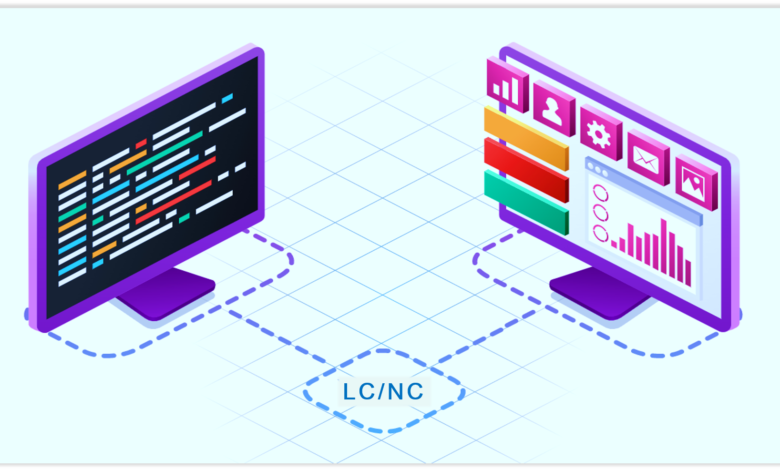The rise of no-code/low-code platforms and their impact on software development

No-code/low-code platforms are tools that allow users to create software applications without writing code. These platforms are becoming increasingly popular, and their impact on software development is significant.
One of the main advantages of no-code/low-code platforms is that they enable non-technical users to create applications, which can increase productivity and reduce the burden on development teams. Users can create applications by using a graphical interface and drag-and-drop tools to design the application’s user interface and workflows. This approach can speed up the development process and reduce the time and resources needed to create applications.
Another advantage of no-code/low-code platforms is that they can help bridge the gap between business requirements and technical implementation. With these platforms, business users can create applications that meet their specific needs, without relying on developers to understand their requirements. This can lead to faster time-to-market for new applications and increased customer satisfaction.
However, no-code/low-code platforms also have their limitations. They may not be suitable for complex applications that require custom coding or integration with legacy systems. Additionally, the quality of the resulting applications may be limited by the platform’s capabilities and the user’s expertise.
Despite these limitations, the rise of no-code/low-code platforms is changing the way software development is done. These platforms are empowering non-technical users to create applications, reducing the reliance on development teams, and enabling faster time-to-market for new applications. As the capabilities of these platforms continue to grow, we can expect to see even more significant changes in the software development landscape.
As no-code/low-code platforms continue to gain popularity, we can expect to see an increase in their adoption across various industries. These platforms are especially useful for small and medium-sized businesses that may not have the resources to hire a team of developers to create custom applications.
Another benefit of no-code/low-code platforms is that they can help to democratize access to software development. In the past, software development was seen as a specialized skill that required extensive training and expertise. However, with no-code/low-code platforms, anyone can create an application without needing to learn how to code.
This democratization of software development has the potential to create new opportunities for innovation and entrepreneurship. It allows people with non-technical backgrounds to create applications that solve specific problems or address niche markets.
However, as the use of no-code/low-code platforms becomes more widespread, we may also see a shift in the skills required for software development. Traditional software developers may need to adapt to a changing landscape and acquire new skills to remain competitive.
In conclusion, the rise of no-code/low-code platforms is transforming the software development industry. These platforms are empowering non-technical users, increasing productivity, and reducing the time and resources required to create applications. While they may not be suitable for all types of applications, their impact on software development is significant, and we can expect to see continued growth in their adoption and capabilities in the years to come.



